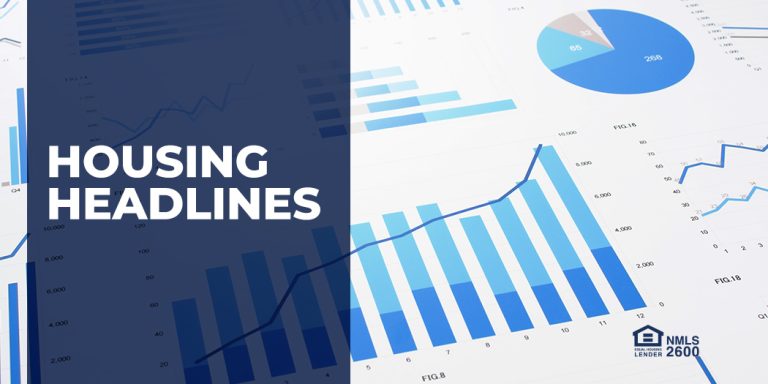The Fed Rate Cut Debate
This past week interest rates moved lower, approaching levels last seen in March. Let's discuss why and look into the week ahead.

One or Two?
At the recent Fed meeting, the big surprise was Fed Chair Powell suggesting there would no longer be a rate cut in 2024, two less than previous forecasts just three months ago. Why? The Fed sees inflation running hotter than expected, and for this reason, they only see one rate cut this year.
However, despite the Federal Reserve being correct about the "higher for longer" path of interest rates over the last couple of years, the financial markets and many on Wall Street see the Fed cutting twice. One could be as soon as September, followed by another in November.
Why the Disconnect?
The economy is decelerating, and there are more signs that the consumer is slowing its spending. Consumer spending makes up two-thirds of our economic growth. So, if the consumer retreats, our economy can't grow. And if our economy is not growing, unemployment rises, and a recession follows. A scenario where the consumer retreats and unemployment rises faster than expected would be a worst-case scenario for the Fed. They are trying to engineer a "soft landing", where they keep rates higher for longer and slowly lower rates with little disruption to economic activity.
The Canary in the Coal Mine
If consumer spending is critical to economic growth, then Retail Sales is an important figure to watch. This past week the headline number for Retail Sales was very disappointing. It also included downward revisions to previous figures. But the most concerning part is when you adjust Retail Sales for inflation. In doing so we learn that real Retail Sales have turned negative. Meaning we are not buying more goods; we are simply paying more. History has shown that when real Retail Sales flat line and turn negative it ultimately leads to a recession.
Housing Starts and Permits Fall Sharply
In May both Housing Starts and Permits came in well below expectations. The soft reading highlights the impact of elevated rates and affordability restraining building activity. Upon anticipated rate relief from a slowing economy and Fed rates cut, this story can and likely will change quickly.
Look Around
With all the noise and revisions from economic reports, sometimes it's good to just look around and see what is happening and get a sense of the economy. For instance, in recent weeks McDonald's, Starbucks and other corporations have installed "value meals" or reduced-price offerings to attract consumers. In the case of Starbucks, they recently reported a decline in foot traffic. The Fed wants to see this as it helps lower inflation, but they also do not want to see too much of it as it could lead to a recession down the road.
Unexpected Weakness
The Fed said rates are higher for longer unless they see "unexpected weakness" in the labor market. As we continue through the Summer, we need to track the labor market readings closely. If they show "unexpected weakness", that will likely be the deciding factor for the Fed to cut rates sooner and maybe more than they recently suggested. At the moment, Initial Claims, which is a leading indicator of the health of the labor market, is showing a large weekly increase in people filing for first-time unemployment benefits. Also, within the latest jobs report, we are seeing hires and quits near pre-pandemic levels as they continue to decline.
Bottom line: The recent weakness shown in the labor market and economic reports are somewhat welcome by the Fed, as they feel this will continue to push inflation lower. Moving forward it would not be a surprise to see continued.


